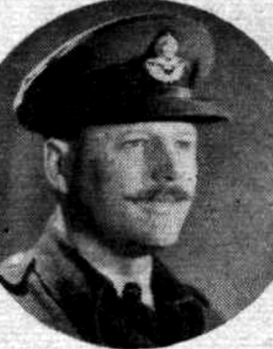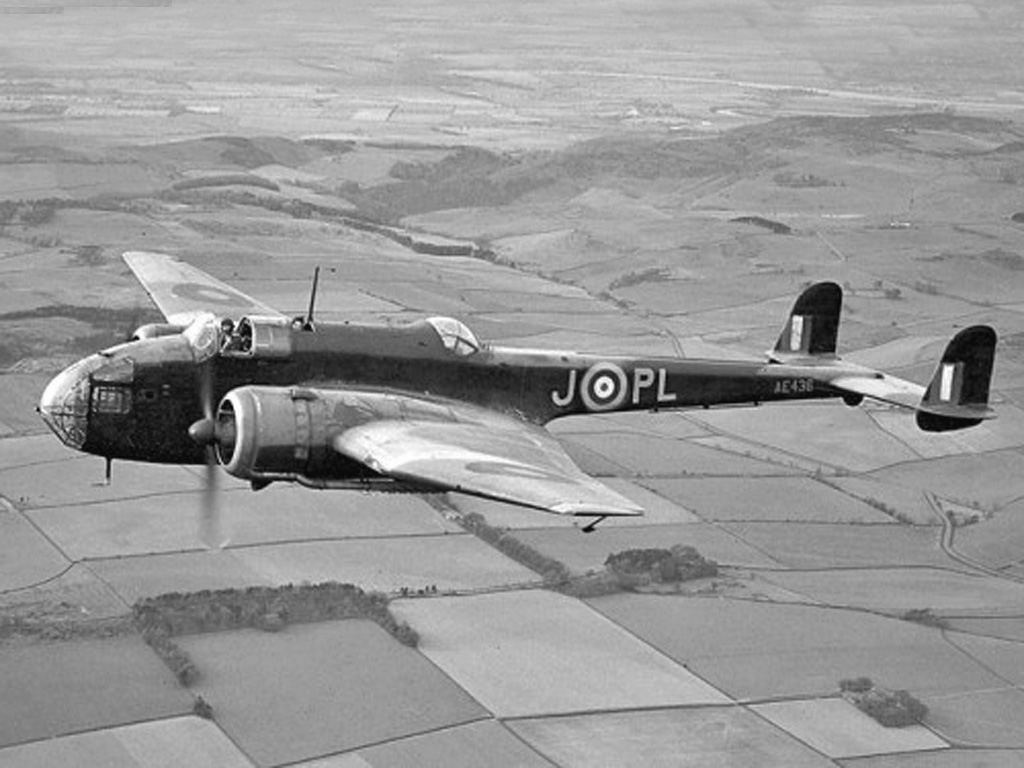
The Handley Page HP52 Hampden was Designed by Gustav Lachmann to meet Air Ministry Specification B9/32 for a Twin-Engined Day Bomber. A Single HP2 Prototype took to the Air for the 1st-time on 21st June 1936 & an Initial Order for 180-Mk1 Hampdens was placed shortly thereafter. The 1st Production Machine Flew on 24th May 1938. Handley Page developed a modern Stressed Skinned mid-Wing Monoplane, eventually Powered by Bristol Pegasus Radial Air-cooled Engines. It had the most advanced Wings available at the time, giving it a remarkably Low Landing Speed of 73-mph for an Aircraft of its size with a Top Speed of 265-mph. It also gave the Aircraft an impressive Climb Rate. The Hampden had a short, narrow but Tall Main Fuselage with a very Slender Tail Unit. This gave it a very distinctive look, although would later limit its flexibility.
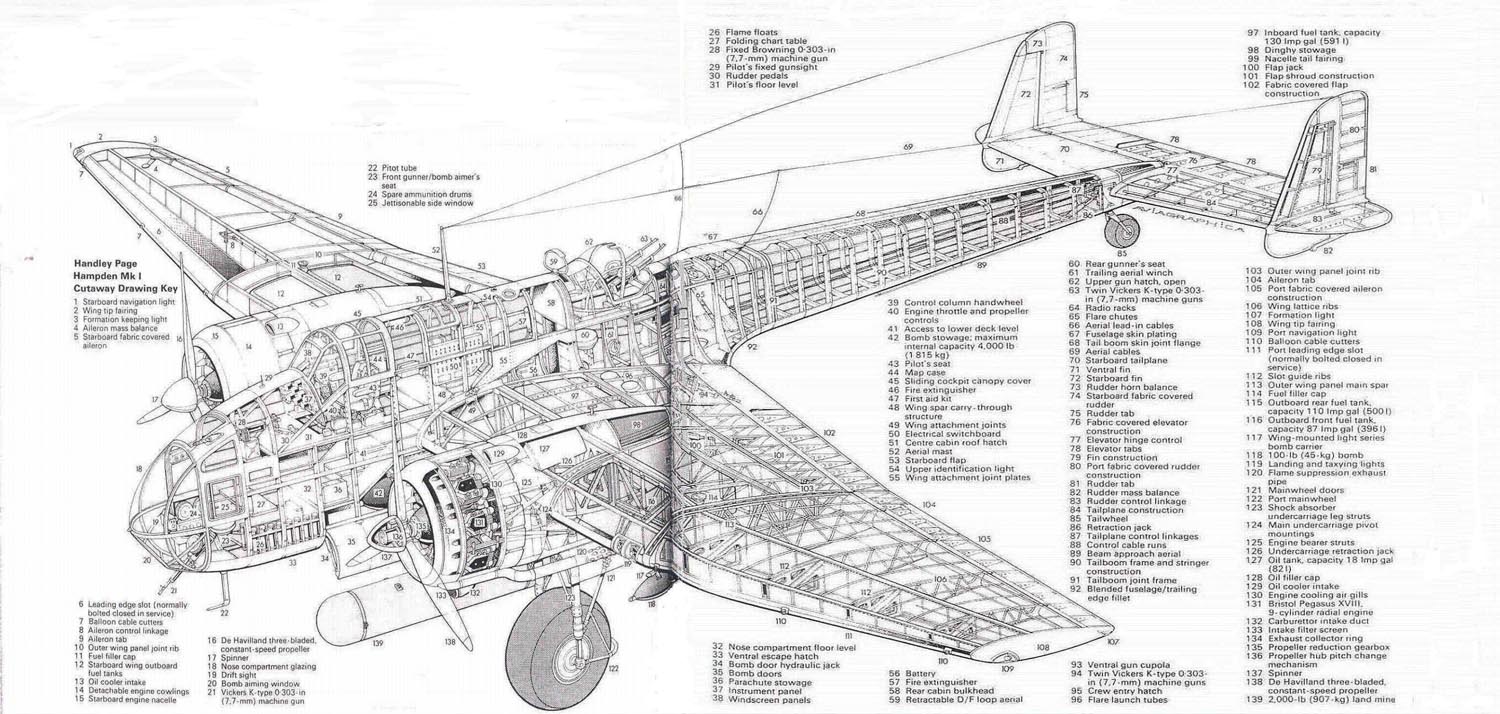
Powered by 2 x 980-hp Bristol Pegasus XVIII 9-cylinder Radial Engines, the Hampden was Armed with a fixed .303 in Vickers K Machine Gun in the Nose & 1 or 2 in each of the Rear Dorsal & Ventral Positions. It was capable of carrying 4,000-lbs of Bombs, Mines or a Single 18-ins Torpedo. The Crew of 4–Pilot, Navigator/Bomb Aimer, Radio Operator & Rear Gunner – were packed into such a Cramped Fuselage that the Aircraft was Designated the “Flying Suitcase”. The Hampden entered RAF Service with No.49 Squadron in November 1938 while at RAF Scampton & were used for the hazardous task of Low-level Minelaying & Bombing of Ships. A Total of 226-Aircraft had been supplied to 8–Squadrons by the Outbreak of War a year later.
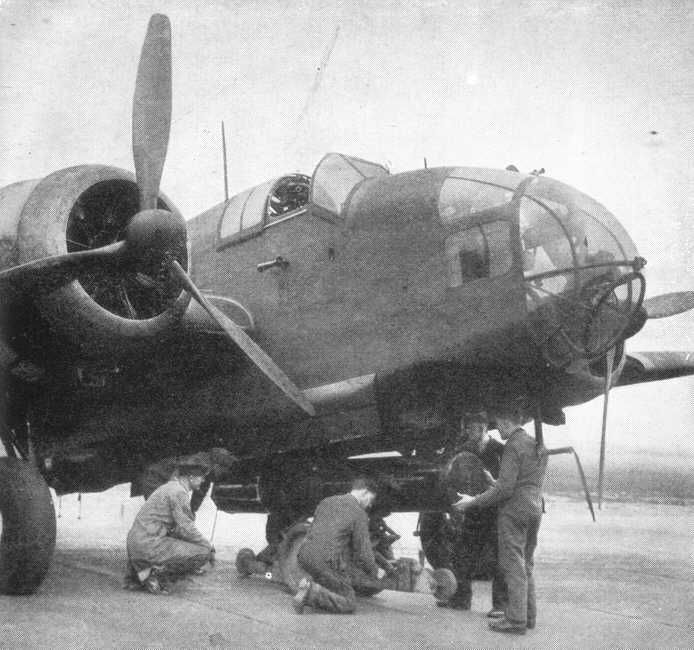
The problem with the Hampden was seen to be its Poor Defensive Armament. As 1st Built it only carried 4 x .303-ins Machine Guns, 2 in the Nose (1 of which was fixed to Fire directly Forwards only) & 1-Gun in each of the Dorsal & Ventral Positions, pointing Backwards. The Design of the Aircraft made it hard to do much to improve the Situation, although both of the Rear Firing Gun positions were soon given a 2nd Gun, bringing the total up to 6. Even after this change, the Manually Operated Guns of the Hampden could never be as effective as the Powered Guns of the Wellington or Later Bombers.
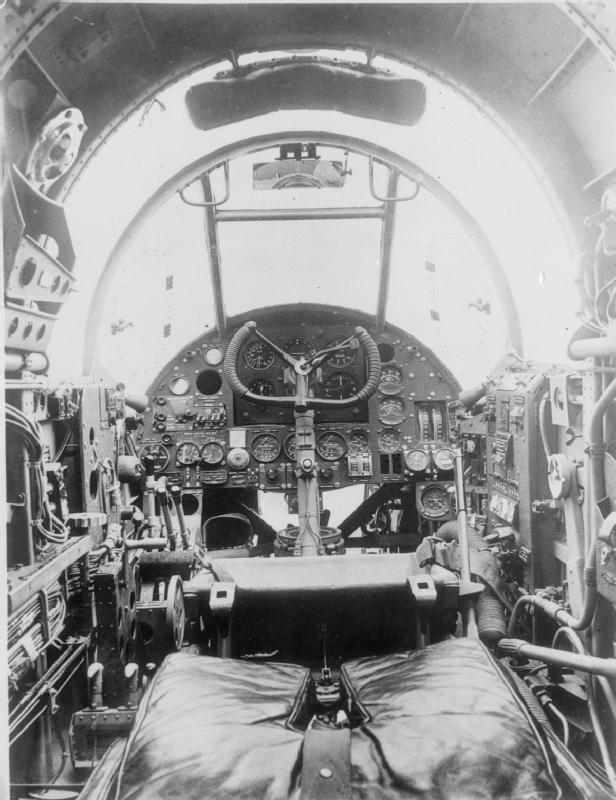

‘The Germans had found out that the Hampden Gunners could only Fire Forward or Astern. They couldn’t Fire Aside & thus the Germans merely came alongside & picked them off, one after one.’ One ingenious Observer found a solution to this problem. He had a Vickers K Gas Operated Machine Gun with a round Pan on the Top as in the early-Blenheims. He broke the Perspex at the side of the Aircraft and Fired this Gun out of it, at some Messerschmitts coming in. That put the Wind up them & they Belted off! Then they made a loose Slot on the side of the Hampden so that the VGO could purposely be put out, without smashing anything!’ We Trust that Observer received an appropriate Commendation for his Initiative!
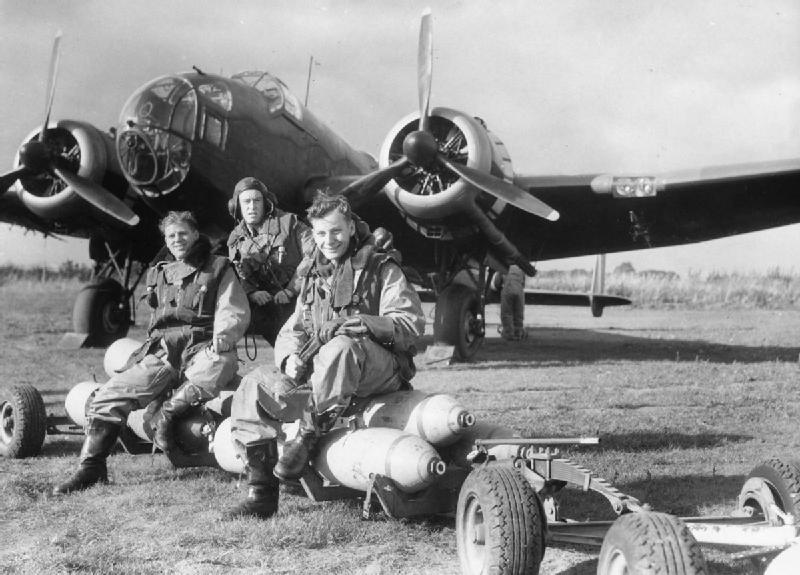
After the start of Hostilities, it proved so Vulnerable to Luftwaffe Fighters that it was switched from Day to Night Operations & along with the Whitley & Wellington, was at the Forefront of the Early Bombing Campaign against Germany, taking part in the 1st Raid on Berlin in 1940 & the 1st 1,000 Bomber Raid on Cologne. With the advent of New Heavy Bombers, it was Retired from Bomber Command in Late-1942 but continued to Operate with Coastal Command as a long-range Torpedo Bomber & Maritime Reconnaissance Aircraft until the End of 1943. It was in a similar Role that Hampdens also equipped the Royal Australian Air Force & Latterly the Soviet Navy. The Aircraft was also Operated by RAF Meteorological Flights & the Air Forces of Canada & New Zealand. A Total of 1,430-Hampdens were Built, of which 714 were Lost on Operations.
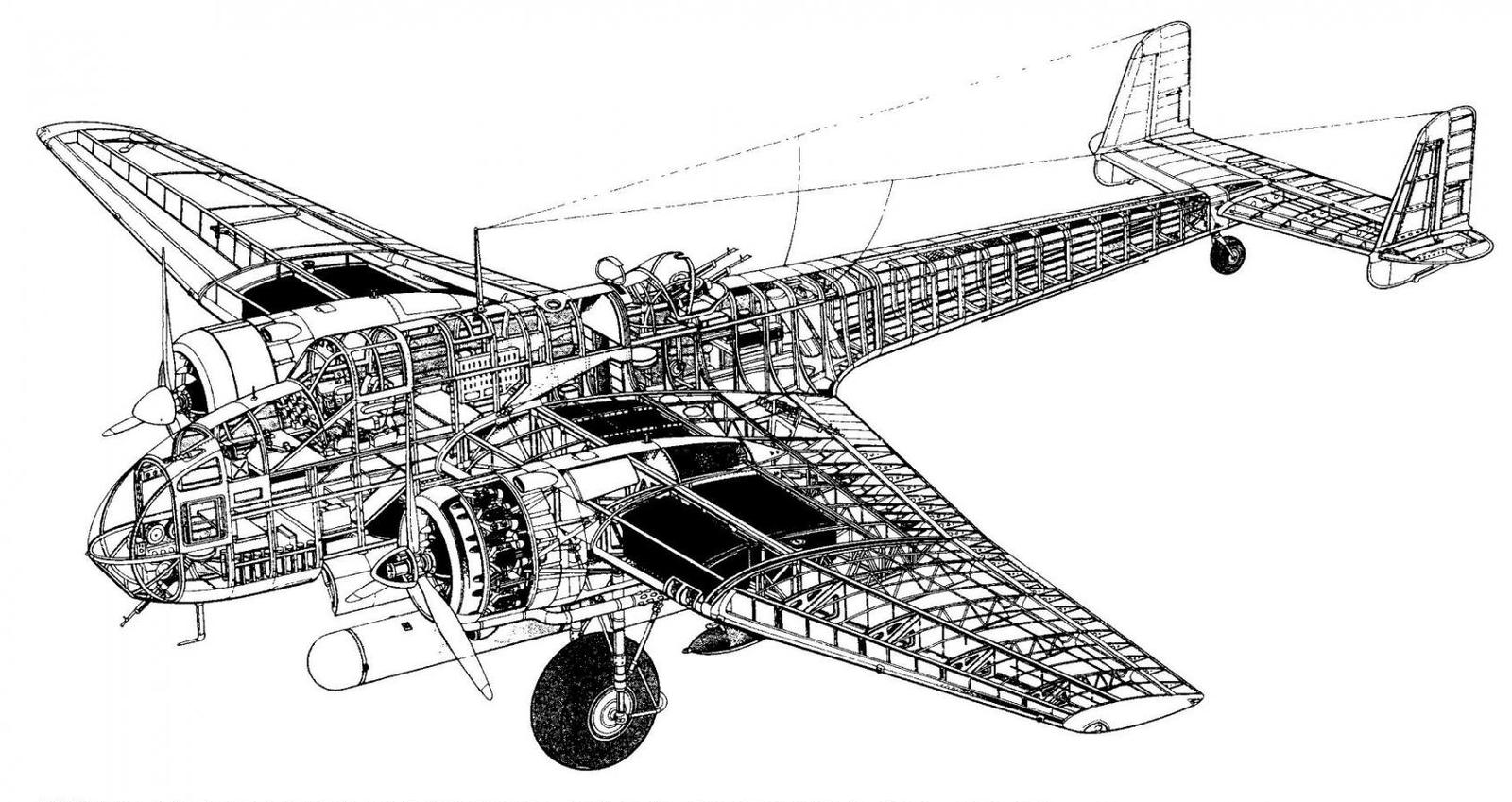
Engine: 2 x 1,000-hp Bristol Pegasus XVII Radials
Max Speed: 254-mph at 13,800-ft , 265-mph at 15,500-ft fully Loaded
Maximum Cruising Speed: 217-mph at 15,000-ft
Economical Cruising Speed: 167-mph at 15,000-ft
Initial Climb Rate: 980-ft/min Time to 15,000-ft 18.9-mins
Ceiling: 19,000-ft or 22,-700ft (sources differ)
Range 1,885-miles with 2,000-lb Bomb Load
870-miles with 4,000-lb Bomb Load at 172-mph
Empty Weight: 11,780-lb
Full Weight: 18,756-lb
Span: 68ft-2ins
Length: 53ft-7ins
Defensive Armament: 2-Forward Firing .303-ins Machine Guns (1-Fixed); Twin .303-ins Guns in each of Dorsal & Ventral Positions (originally 1-Each, but doubled after early-Combat experience)
Bomb Load: 4,000-lb
Production: 1,432
The real reason for the withdrawal of the Hampden was that it was being replaced by the New 4-Engined Heavy Bombers, amongst them the Handley Page Halifax. Handley Page themselves had Ceased Production of the Hampden in July 1940, having produced 500-Aircraft. Another 770-Hampdens were Built by English Electric between February 1940 & March 1942. By the time the Hampden was Withdrawn as a Bomber it had been out of Production for 6-months. No Machines remain Airworthy but 2 are currently being restored to Static Display Condition – one at the Canadian Museum of Flight in British Columbia & the other at the RAF Museum, Cosford.
